Boston Philharmonic Youth Orchestra plays Beethoven and Stravinsky con brio
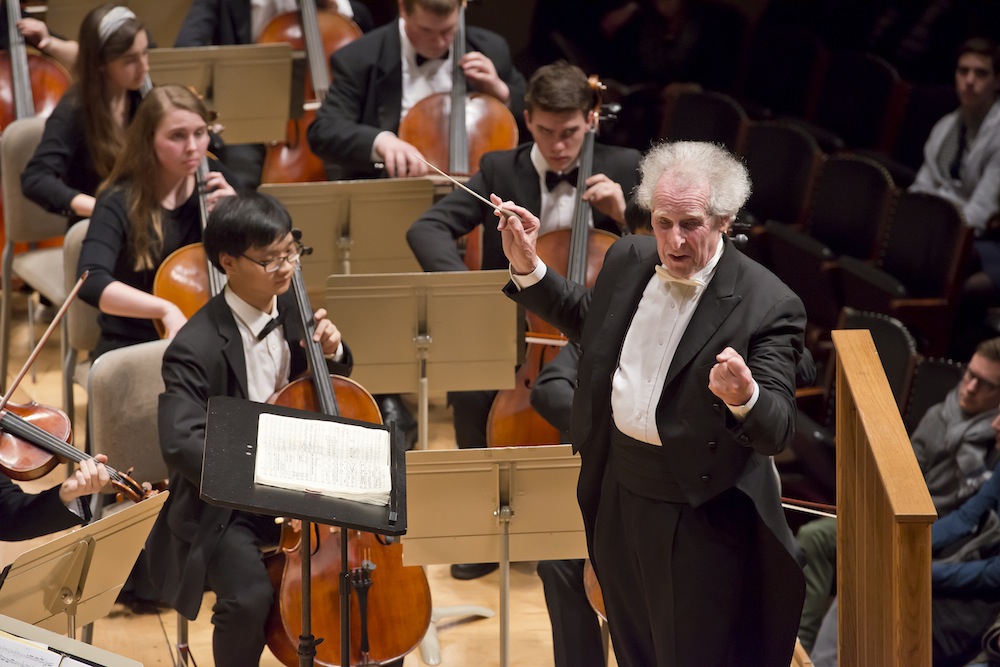
Benjamin Zander conducted the Boston Philharmonic Youth Orchestra Friday night at Symphony Hall. Photo: Andrew Hurlbut
Benjamin Zander brought his Boston Philharmonic Youth Orchestra to Symphony Hall Friday night with something to prove: that not only is music good for young people, but young people are good for music.
Thrown into the deep end with Beethoven’s Third Symphony (“Eroica”) and Stravinsky’s The Rite of Spring, Zander’s players, ages 12 to 21, came up paddling confidently and giving fresh, exciting, and surprisingly proficient performances of these landmark works.
Familiar as the “Eroica” and the Rite may be to present-day listeners, to actually perform them is not as simple as popping a CD in the player. By their groundbreaking nature, these pieces were and still are as much of a challenge to execute and interpret as they once were to listen to.
The fearlessness and optimism of young people are, on the evidence of Friday’s performances, a considerable asset in tackling those challenges.
But it also takes discipline and inspirational coaching, and, in addition to his careers as musical entrepreneur and motivational speaker, Zander has built a considerable reputation as a molder of youth. The headline of his article in Friday’s printed program summed up his goal: “Shaping Future Leaders through Music.”
Zander states that his band of teenage musicians, now in its fourth season, is not only benefiting personally from the experience, but can play the big works with the big boys and girls.
Friday’s concert showed that, to a surprising degree, they can. Many a professional ensemble would envy this group not only for its youthful enthusiasm, but for its technical finish and musical insight.
Youthful athletic prowess is involved too, because maestro Zander has confessed, in print and in spoken remarks Friday night, to a lifelong fascination with composers’ tempo markings, particularly Beethoven’s, which seem often to call for playing a piece much faster than one typically hears it these days.
Beethoven measured his tempos with a metronome, which assigns a numerical value that, unlike the endlessly interpretable “Allegro” or “Andante,” is as immutable as the numbers on a car’s speedometer. By Zander’s account, he has been determined not to explain those numbers away, but to make them happen with a real orchestra.
And make it happen he did in the “Eroica’s” opening Allegro con brio, driving the music at a pace that had a few players scrambling to keep up at first, before the orchestra settled into its speedy groove.
Of course, “brio” comes not just from speed but from zest and enthusiasm, and the players showed plenty of both as they dug into Beethoven’s syncopations, caressed a phrase, sprang a surprise, and hugged the curves in this wayward score.
A conductor can cajole and he can rehearse, but in the end he can’t do it all himself, so much of the credit for this convincing performance must go to the well-developed musical instincts of the young players themselves.
The symphony’s funeral march moved along smartly as well, at no loss of seriousness. The orchestra’s discipline was evident in the movement’s long fugal crescendo, which built inexorably to its enormous climax.
Having noted that Beethoven’s metronome marking in the Scherzo was actually slower than it is often played nowadays, Zander led a measured but buoyant performance, the strings and winds neatly together in their dancing staccato, the three horns bright and technically flawless in the trio.
Even if the composer did indicate it, the fast tempo of the variations finale tired the ear after a while, and left the players little room to crank it up for the Presto coda. But conductor and orchestra remained alert to the character of every bar in the music.
In general, the higher speeds were a plus. Having told the audience beforehand that a fast tempo can help the listener sense the larger outlines of a work, Zander delivered on his promise in the “Eroica,” and it was a little easier than usual to orient oneself in this crazy, radical piece—certainly easier than for the work’s first hearers in 1805, when Haydn was still alive.
And there might have even been a few “first hearers” in Friday’s audience, since Zander announced that he had obtained funding to subsidize 1,000 free tickets to the concert. (Quite a few young children were present as well.) If so, this bright, clear, energetic performance was probably a better introduction to the “Eroica” than the fussier ones that connoisseurs like to argue about.
Stravinsky followed the intermission, instead of going first, as in the printed program. Apparently Zander decided at the last minute not to follow the traditional programming logic—put the Beethoven last, so that the Stravinskyphobes will stay to hear it—and went with the flow of history instead.
There were a few exits during the Rite—a testimony to its enduring shock value after a hundred years—but most stayed to cheer the young players’ skillful, disciplined, and totally uninhibited performance. (One can only imagine the glee with which a roomful of adolescents attacked this notorious dish-smasher.)
If any if the first-timers in the audience were under the illusion that classical music is a tidy affair, nice to run in the background while you work on your spreadsheet, these players were only too happy to disabuse them. Their performance was just as arresting in its gnarly pianissimos as in its savage hammer blows.
Tempo was an issue here too, as Zander wrote (and said from the stage) that the piano rolls Stravinsky made of this piece indicated a tempo for the final Danse Sacrale “far faster in relation to the rest of the work” than one typically hears in concert or on recordings, including the composer’s own.
Zander concluded that all conductors in those early days had been obliged to take this movement slower to accommodate the technical limitations of musicians at that time. He was also confident that his young players in 2016 could handle the rhythmic complexities and twisty passages at full speed.
(And indeed, during intermission one could observe a member of the cello section practicing his part, his flying bow and fingers making him look like a video on fast forward.)
In the performance, the orchestra did meet all technical challenges impressively. When it finally arrived, the Danse Sacrale sounded a tad faster than usual, but not drastically so. Still, it made a thrilling finish to a brilliant, committed performance.
Ensembles of teenage players such as Venezuela’s Simón Bolívar Youth Orchestra and the European Union Youth Orchestra, as well as slightly older groups like Daniel Barenboim’s West-Eastern Divan Orchestra, attract attention both for their social and political significance and for the quality of their music-making.
The Boston Philharmonic Youth Orchestra may not be about to save the world, but its founder asserts that, bar for bar, its playing can match the best young groups around, and many of the adult ones. On Friday, they made that case con brio.
The next concert of the Boston Philharmonic Youth Orchestra will include works by Gandolfi (world premiere), Brahms and Mahler, 3 p.m.May 8 at Harvard University’s Sanders Theatre. bostonphil.org; 617-236-0999.
Posted in Performances
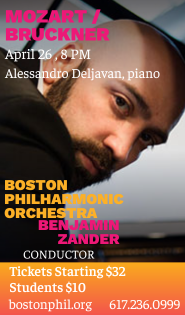

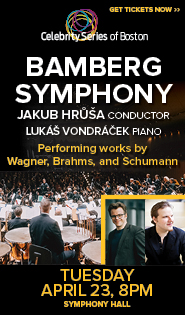
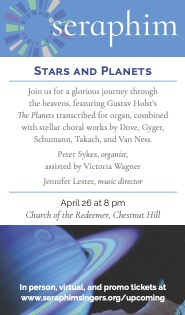
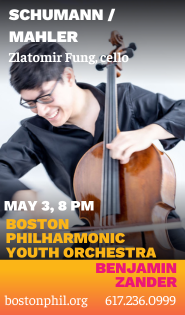
Posted Feb 08, 2016 at 10:48 am by Daniel F.
In a response to my suggestion a few weeks ago that he perform the works in reverse chronological order, Ben indicated that the physical burden on the orchestra would be too great. Thus I rather doubt that he EVER entertained the order of the printed program. How odd, though, that my suggestion bore inadvertent fruit by apparently hexing a typist!
Posted Feb 08, 2016 at 4:17 pm by Jacqueline L.
This review gets it right. I was in the audience and agree with Wright’s praise for the orchestra. I’ll add one detail: the youngest member of the BPYO, a second violinist whom I know personally, was hired last year at age 11–he’s so good that an exception to the lower limit was made. Bravissimo!